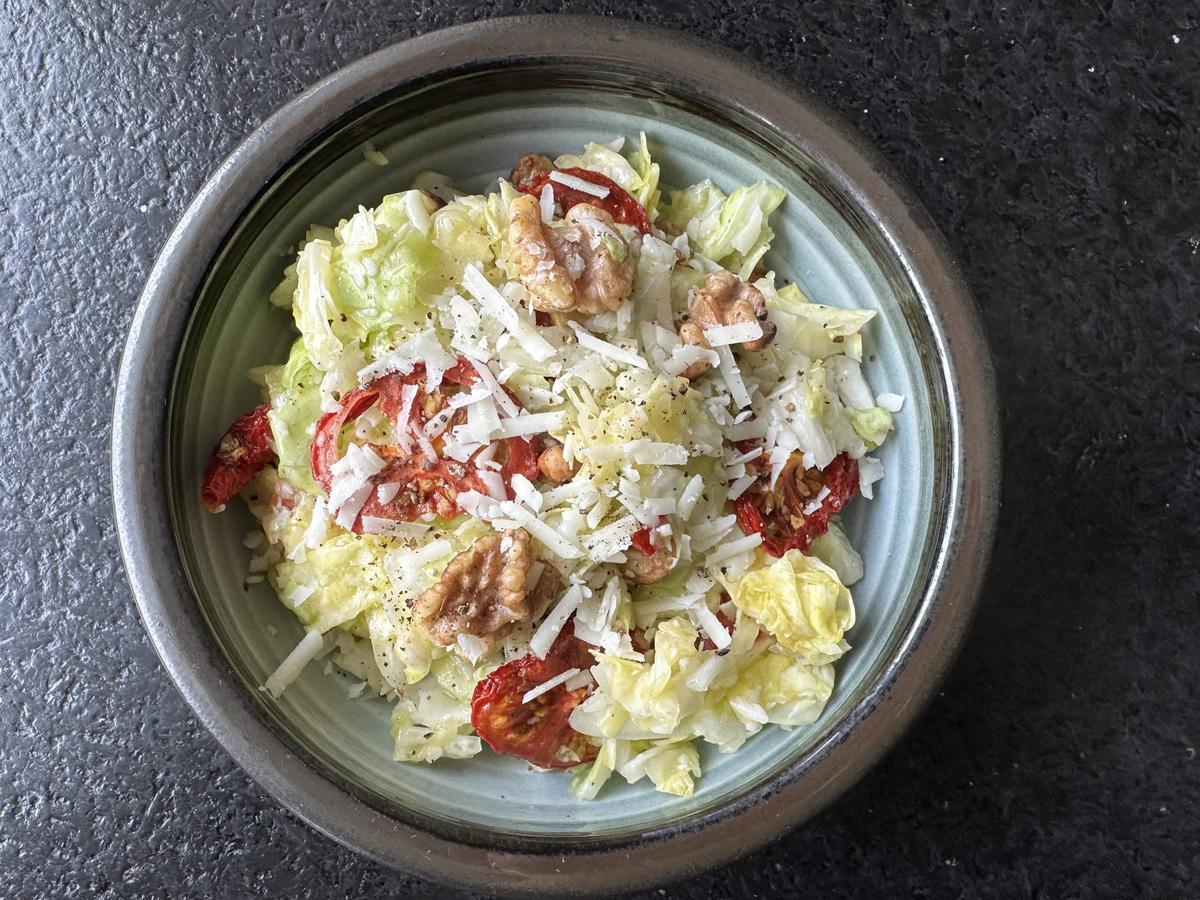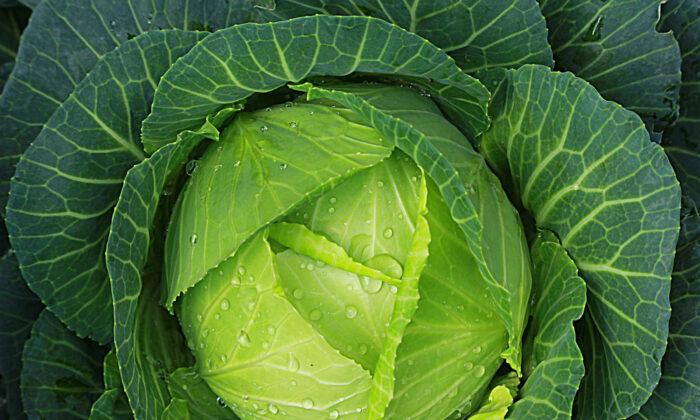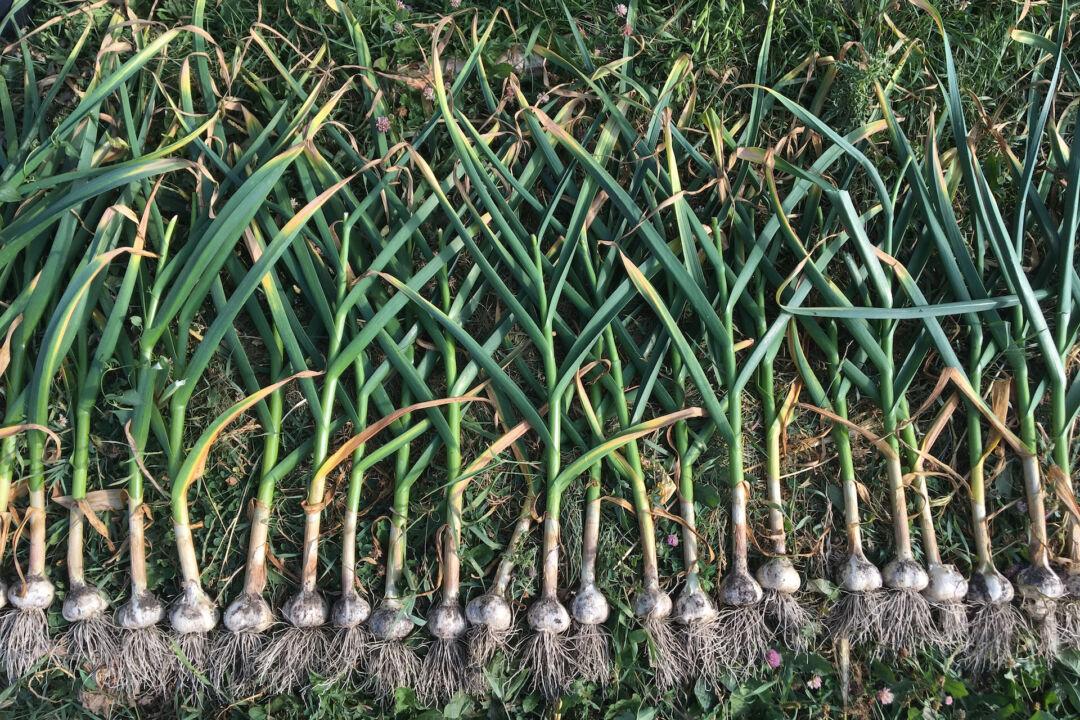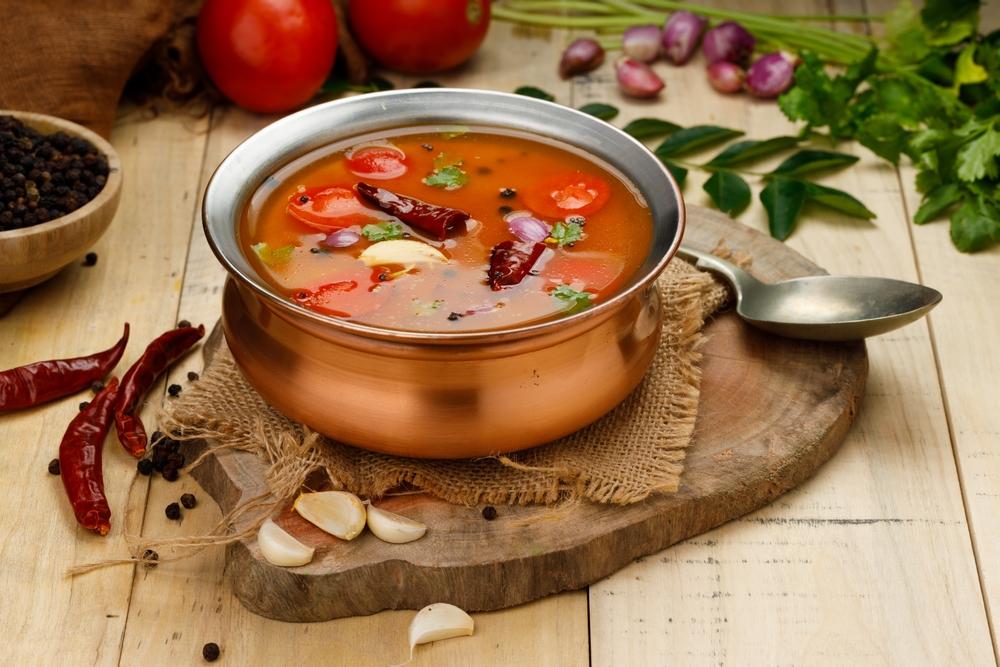Most traditional winter crops are root vegetables, such as potatoes, beets, onions, carrots, turnips, and garlic. Cabbage, being a green leafy vegetable, is a unique exception to this rule. Cabbage is also more versatile than pretty much any other vegetable, in that you can serve it cooked, raw, and fermented.
Back in the pre-supermarket days, when people lived off of their root cellars, and fresh local chlorophyll was in short supply for many months of the year, cabbage was a vitamin-rich lifeline. Today, even though we have many other options this time of year, winter is still the best time to eat cabbage, because now is when it’s the sweetest.
I have some farmer friends who grow literally tons of cabbage, and they say that after the holidays is when they sell the most. So now, at the height of cabbage season, it’s time to have a cabbage session.
The crunchiness and durability of raw cabbage make it useful in many ways. It can provide texture to fish tacos, a floating garnish on soup, or bedding for a sandwich. But in salad, cabbage isn’t for everyone, because we don’t all want to give our jaws a workout when we eat our vegetables.
Cooking is one way to bring out the soft side of cabbage, and I have a recipe for cabbage parmesan to give you. But first, I’m going to borrow a trick often used for kale salad, and tell you how to tenderize raw cabbage by massaging it.

Massaged Cabbage Salad
Kneading cabbage leaves with salt helps break down their fibrous structure, and turns tough cabbage leaves silky. Roasted walnuts add a savory texture, sun-dried tomatoes add a chewy tartness, and grated Parmesan or Romano cheese adds boldness.- 1 (2-pound) head cabbage
- 1 teaspoon salt
- Juice of one lemon (about 3 tablespoons)
- 1/2 cup walnuts
- 6 tablespoons olive oil
- 1 clove garlic, pressed or minced
- 1/2 cup sundried tomatoes
- 1/2 cup grated Parmesan or Romano cheese
- 1/2 teaspoon ground black pepper
Place the cut cabbage in a large bowl. Add the salt and lemon juice. Toss and squeeze the cabbage, working the salt and juice into the leaves, until they are soft and limp and the volume has reduced considerably.
Allow the massaged cabbage to marinate in the salt and lemon juice while you lightly toast the walnuts on medium heat until they are lightly browned and fragrant but not burnt. Allow them to cool.
Cabbage Parmesan
Like eggplant or chicken parmesan—or pizza, for that matter—the core of this dish is the interaction among the tomato, bread, and cheese. One could say the cabbage happens to be in the right place at the right time, but it adds body and sweetness while melting right in, and quietly carries the dish. As with other Parmesan-esque dishes, this one is even better the next day.- 2 tablespoons olive oil
- 3 cups chopped onion
- 1 (28-ounce) can crushed tomatoes or other tomato product (I use my frozen sauce)
- 1 (2-pound) head cabbage
- 1 tablespoon fresh thyme (or 1/2 tablespoon dried)
- 1 tablespoon oregano (or 1/2 tablespoon dried)
- 3 cloves of garlic, cut crudely
- 1/2 teaspoon salt
- 1/2 teaspoon garlic powder
- 1/2 teaspoon ground pepper
- 8-inch section of baguette, preferably sourdough, or that amount of another white bread, cut into 1-inch cubes
- 1 1/2 cup grated Parmesan
Once the onions weep and cook down, about 10 minutes, add the tomatoes (don’t toss the can), oregano, thyme, garlic, salt, pepper, and garlic powder. Fill the tomato can with a cup of water, swirl it around to catch the remains, and add the tomato water to the pot.
While the onions and tomatoes simmer, cut the cabbage into “noodles.” Slice off the amount of cabbage you need, and lay it face down on the cutting board. Cut it into pie-like wedges, slicing toward the center from various angles on the outside of the hemisphere. The cuts should be about 1/2 inch apart.
Add these cabbage noodles to the pot and cook on medium for about 30 minutes with the lid on, until the cabbage is tender. Add the bread cubes and cheese, and stir it together as gently and briefly as possible. Toss a final sprinkle of cheese on top, cook for another 5 minutes, and turn off the heat. Let sit, covered, for about 10 minutes, and serve.





